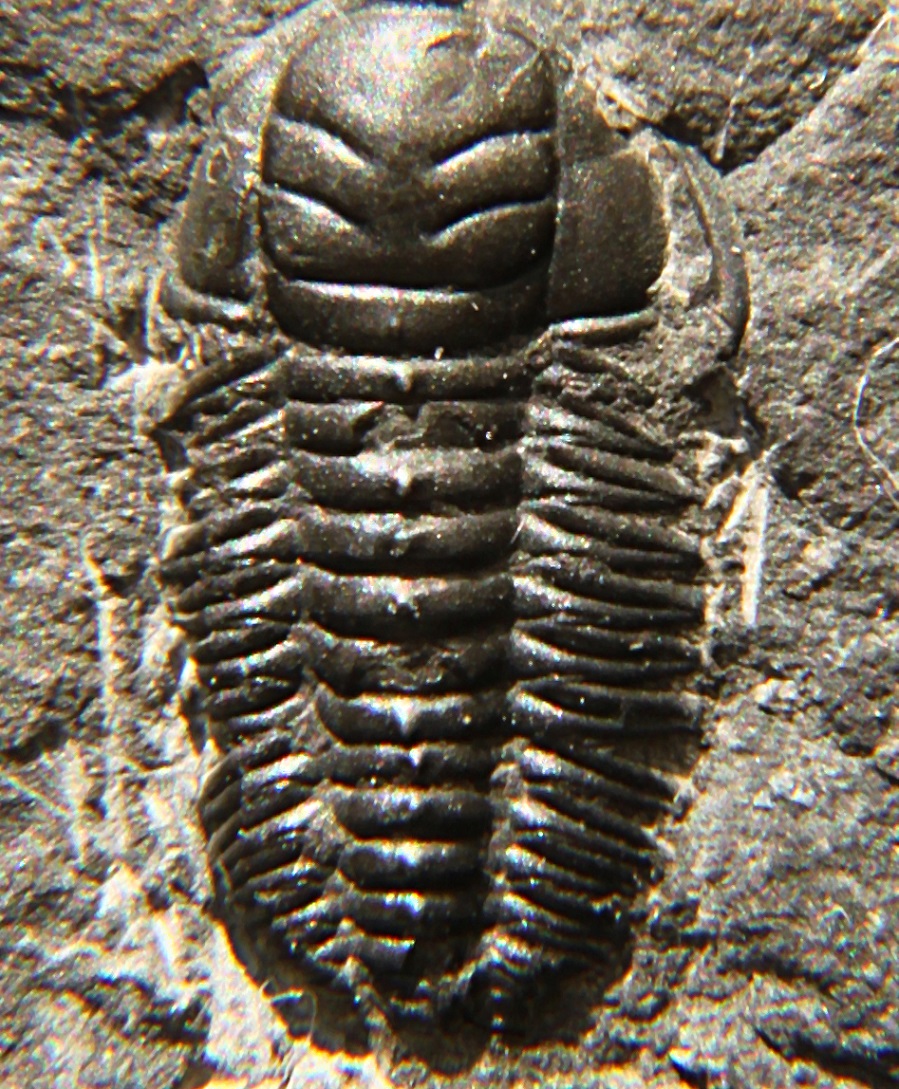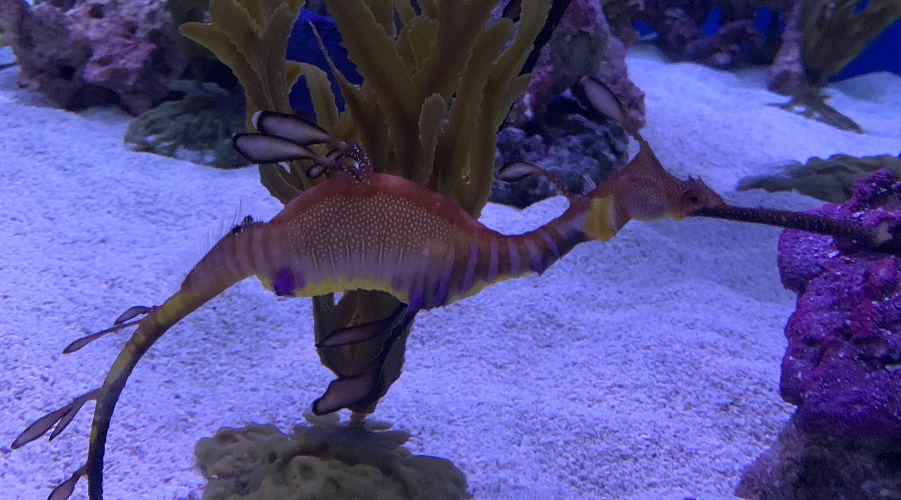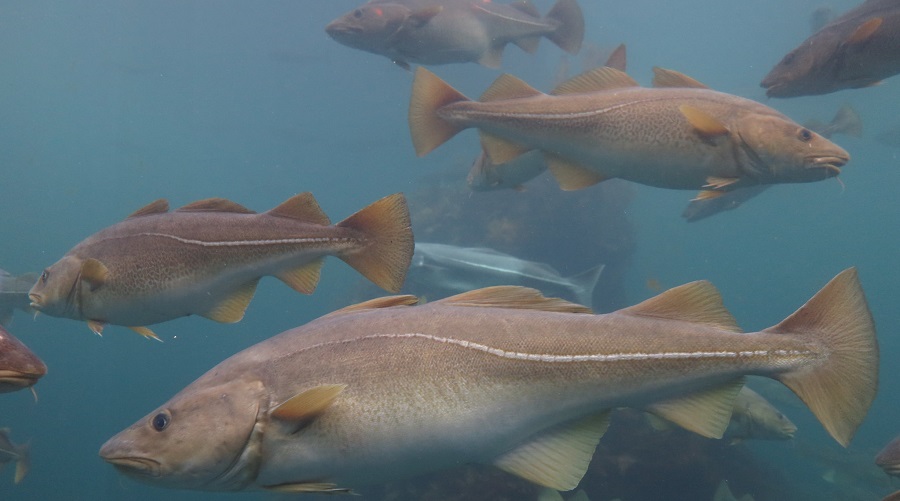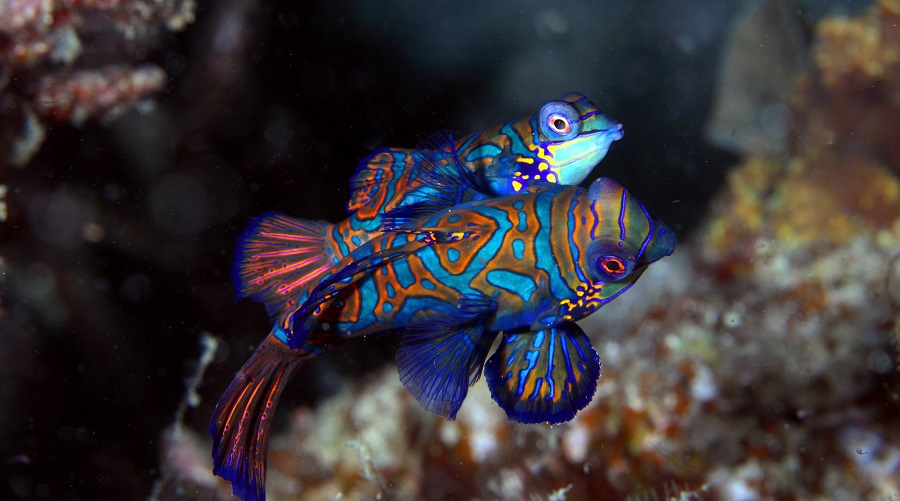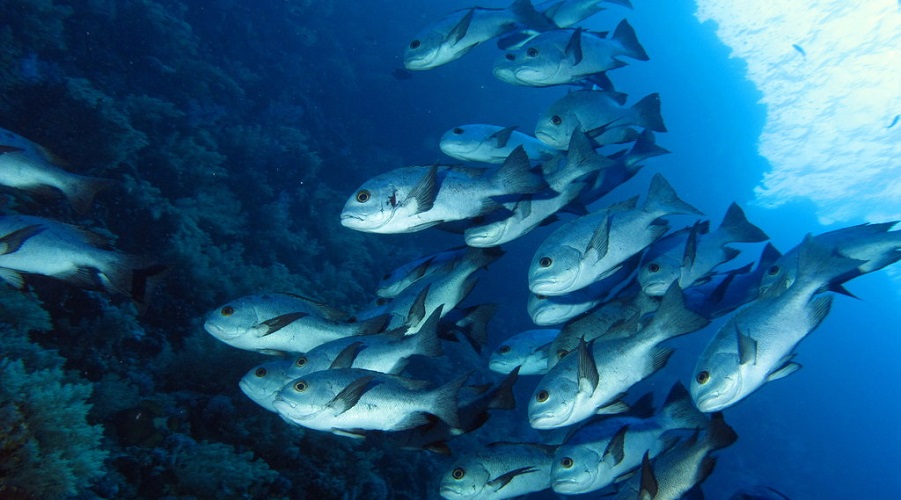
Black and white snapper in the Red Sea, Egypt. Photo by Derek Keats, Wikimedia Commons
Warmer water than that to which a fish is used becomes an aggressor of sorts that impacts internal biochemical processes and forces the fish to stop growing at a smaller size than it would normally do in optimal habitat conditions, new research shows.


